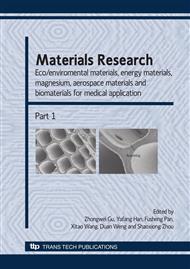p.911
p.915
p.920
p.927
p.931
p.936
p.942
p.946
p.951
Analysis on the Weld Defects of the AZ91D Magnesium Alloy Joints
Abstract:
In this study, taking die-cast magnesium alloy AZ91D as investigation objects, the process characteristics of electron beam welding (EBW) was studied. The microstructure and familiar defects in the welded joints were analyzed. The main reasons of these defects were discussed. The experimental results showed that boundary surface between fusion zone and heat affected zone in the joint of AZ91D magnesium alloy by electron beam welding is obvious, the fusion zone (FZ) consisted of fine-equiaxed grain. Pore and crack are the main defects in AZ91D magnesium alloy joints. Magnesium has higher hydrogen solubility in liquid than in solid. The difference in the solubility between the solid and liquid phase is the major reason of the pore of magnesium alloys during welding. The crack was caused because of α + β-Mg17Al12 phase with low melting point and pores in the fusion zone. There were other defects found in the joints such as incomplete fusion and penetration.
Info:
Periodical:
Pages:
931-935
Citation:
Online since:
January 2009
Authors:
Price:
Сopyright:
© 2009 Trans Tech Publications Ltd. All Rights Reserved
Share:
Citation:


